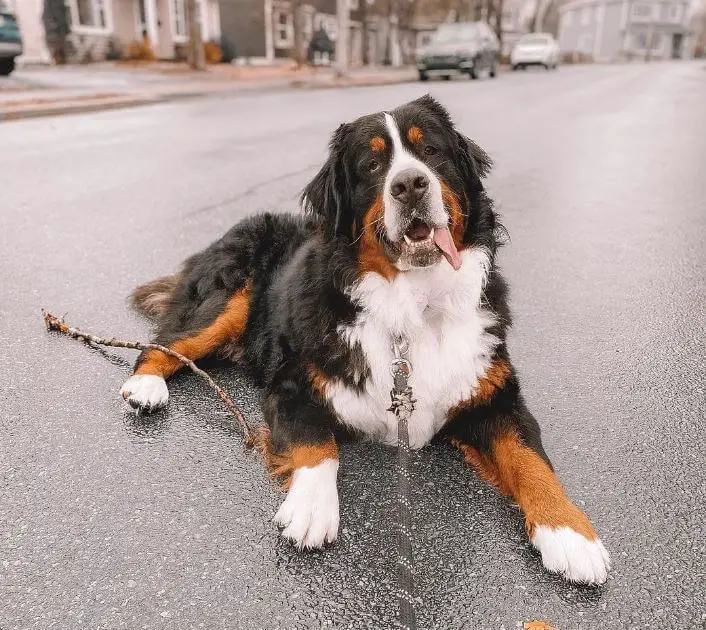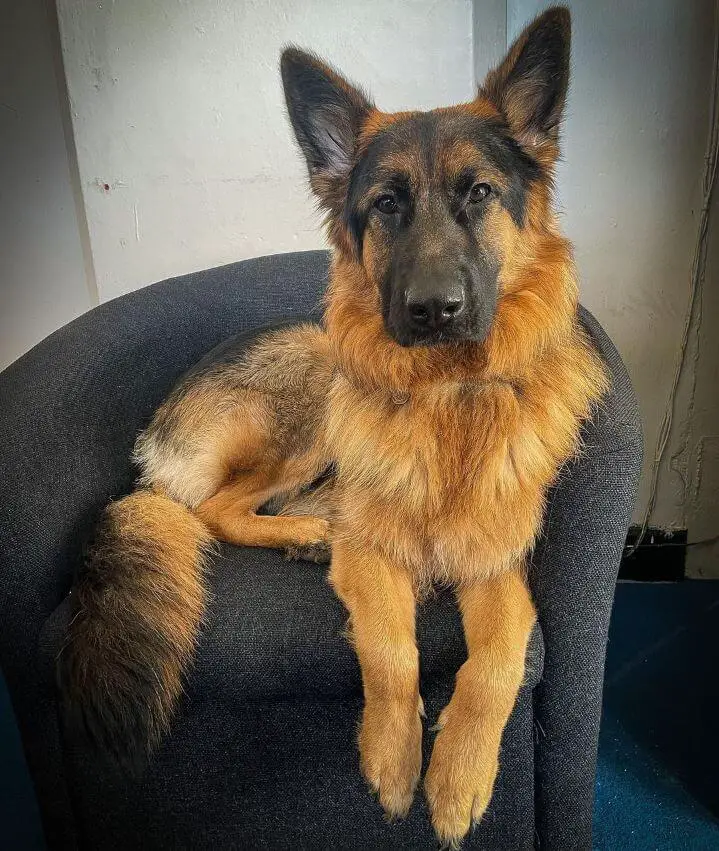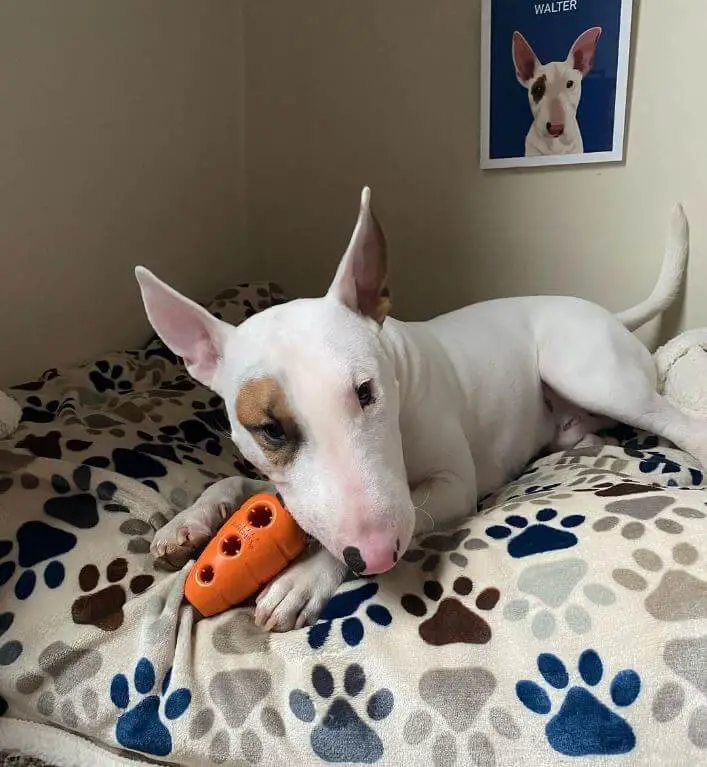Separation anxiety is a common behavior issue in dogs that can result in stress and destructive behaviors when left alone. As a responsible dog owner, it is important to understand the causes, signs, and how to help your furry friend overcome separation anxiety. In this article, we will explore separation anxiety in dogs and provide practical tips for managing and preventing this challenging behavior.

Causes of Separation Anxiety in Dogs
Separation anxiety can be triggered by various factors, including:
1 – Lack of socialization: Dogs that have not been properly socialized or have limited exposure to different environments, people, and other animals may develop separation anxiety when left alone.
2 – Past traumatic experiences: Dogs that have experienced traumatic events, such as abandonment or mistreatment, may develop separation anxiety as a result of fear and anxiety associated with being alone.
3 – Change in routine: Dogs are creatures of habit, and any significant change in their routine, such as a change in the owner’s schedule, a move to a new home, or a loss of a companion, can trigger separation anxiety.
4 – Genetic predisposition: Some dogs may have a genetic predisposition to anxiety and are more prone to developing separation anxiety.

Signs of Separation Anxiety in Dogs
It is important to recognize the signs of separation anxiety in dogs, which can include:
1 – Destructive behaviors: Dogs with separation anxiety may exhibit destructive behaviors, such as chewing furniture, scratching doors, or digging.
2 – Excessive vocalization: Dogs with separation anxiety may bark, howl, or whine excessively when left alone.
3 – House soiling: Dogs with separation anxiety may urinate or defecate in the house, even if they are housetrained.
4 – Restlessness: Dogs with separation anxiety may become restless, pacing, or excessively panting when left alone.
5 – Escape attempts: Dogs with separation anxiety may try to escape from their confinement area, such as crate or room, in an attempt to reunite with their owner.
6 – Pacing or circling: Dogs with separation anxiety may engage in repetitive behaviors, such as pacing or circling, when left alone.

How to Help Dogs with Separation Anxiety
1 – Gradual desensitization and counter-conditioning: Gradual desensitization and counter-conditioning techniques involve slowly acclimating your dog to being alone while associating positive experiences, such as treats or toys, with being alone. Start with short durations of alone time and gradually increase it over time, while rewarding your dog for calm behaviors.
2 – Provide environmental enrichment: Providing your dog with toys, puzzles, and other forms of environmental enrichment can help keep their minds engaged and reduce anxiety when left alone.
3 – Use positive reinforcement: Rewarding your dog for calm and relaxed behaviors, both during departure and return, can help reinforce positive associations with being alone and reduce anxiety.
4 – Avoid punishment: Punishment, such as scolding or yelling, can increase anxiety and worsen separation anxiety in dogs. Avoid using punishment as a way to address separation anxiety.
5 – Seek professional help: If your dog’s separation anxiety is severe or persistent, it may be necessary to seek help from a qualified veterinarian or a certified professional dog trainer or behaviorist. They can assess your dog’s behavior, provide guidance on management and training techniques, and develop a customized plan to address separation anxiety.
6 – Medication: In some cases, medication may be prescribed by a veterinarian to help manage separation anxiety in dogs. Medication should only be used under the guidance and supervision of a qualified veterinarian.

Separation anxiety in dogs can be a challenging behavior issue that requires patience, understanding, and proper management. By recognizing the signs and causes of separation anxiety in dogs and implementing positive training techniques, environmental enrichment, and seeking professional help if needed, you can help your furry friend overcome separation anxiety and lead a happier, more relaxed life.
Remember, every dog is unique, and what works for one dog may not work for another. It’s essential to be patient and consistent in your approach to managing separation anxiety in your dog. With time, effort, and understanding, you can help your beloved canine companion feel more comfortable and confident when left alone.
So, if you suspect that your dog may be experiencing separation anxiety, don’t hesitate to take action. Consult with your veterinarian or a certified professional dog trainer or behaviorist to develop a customized plan to address your dog’s specific needs. By addressing separation anxiety in dogs, you can help your furry friend feel more secure, reduce stress, and enjoy a better quality of life.
